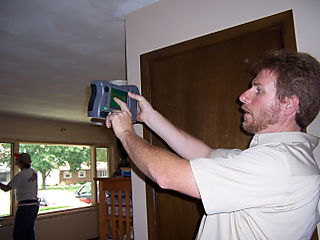

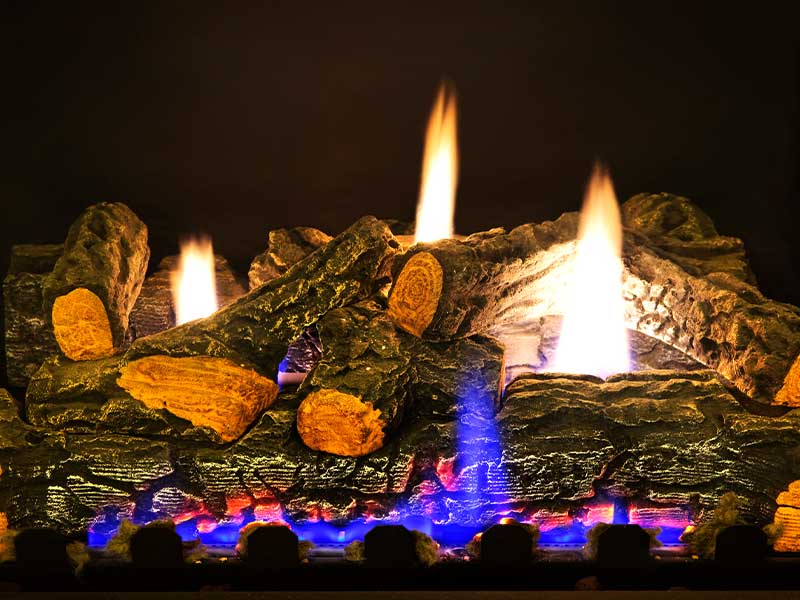
I have no fireplace damper and I want to heat with ventless gas logs.
Q: I have an old house and for whatever reason, there is not a damper at all (never was) on the fireplace. I love vent-free logs and am planning on installing them in this fireplace. Do you make a product that I can use in lieu of having to have a damper installed in order to keep the heat from my vent free logs in the house? _ ET
A: ET, I’m sorry we do not have a heat-resistant version of the Chimney Balloon. Our product is actually designed to release if exposed to acute heat. I wish I could direct you to this issue, but your fireplace and mantel may not be well equipped to handle the heat spillage from a vent-less gas log. I wouldn’t want you to risk a fire from having heat spilling up across your lintel and mantel. You may want to think carefully if this is in fact how you would like to heat that room. – Jason
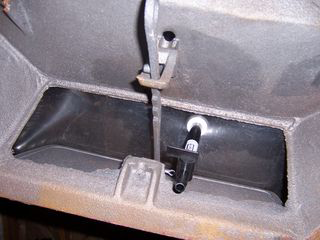
Do I need to close my damper after I install a Chimney Balloon?
Q: Do I close the chimney damper after installing the Chimney Balloon?- JJ
A: Dear JJ, There is no need to close the damper below your Chimney Balloon. The Chimney Balloon is doing the job of the damper and quite frankly it is doing a better job than the metal damper could anyway. So closing the damper after the Chimney balloon is installed is like closing a screen door on the inside of a submarine.
However, You can have the damper closed if you have the Chimney Balloon in there far enough to close it. There are a few things to keep in mind though if you do decide to close the damper. If you try to force the damper closed it may put upward pressure on the valve section of your Chimney Balloon. That is a little tough on your Chimney Balloon since it puts undue pressure on the valve and Chimney Balloon.
The other issue is if you close your damper you may forget you installed the Chimney Balloon and just open the damper and start a fire.
Personally, I leave my damper open and leave the inflation tube attached, so it dangles just above my head when I open the glass doors to the fireplace. With this solution, I still have no draft problem and I haven’t accidentally melted a Chimney Balloon yet. – Jason
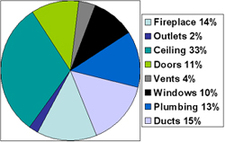
The average heating cost per household in the USA, is HOW MUCH?
Q: Jason – I see in some places on the chimney balloon website and in literature you state that a Chimney Balloon can save a homeowner $200 in home heat. How do you get that figure? – JP
A: Dear JP, I’m glad you ask this. A person should always challenge marketing claims of any product. Lets take a look at what the Department of Energy, the Energy Information Administration, and some independent studies say…
Open or Missing Fireplace Dampers:
A European research study titled “Ventilation perturbations due to an open fireplace in a house” – by P. Dalicieux and C. Nicolas concluded that a missing or left open fireplace damper can result in a home to have a 30% increase in heating costs. The US Energy Information Administration said that in 2005-2006 the average US family spent $1044 on home heating bills. This information is on their 2005-2006 report. So 30% of $1044 is $313. Keep in mind this is 2005-2006 information and energy cost trends have home heating cost increasing 25%-30% each year since then. As you can see, $313 is more than our more conservative statement about $200 in savings using a Chimney Balloon. But, lets look at another study…Fireplace Dampers That are Functional or Damaged:
The Department of Energy (DOE) states that 14% of a homes heat loss is lost through the fireplace even when there is a damper in the fireplace. They also say the average family in 2005 spends $1600 per year on utility bills. Personally, I think this figure is low. I live in a tight 1100 sq ft ranch (with new power vent furnace and water heater) and I know I spent more than $2000 on utilities in 2007, but I suppose the DOE is figuring in the North and South US climates together.So if we spend the $1044 per year on home heat that the (The US Energy Information Administration says we spend) and 14% goes up the fireplace flue, then the person is loosing $146 in home heat per year even if you have a functional damper.
So with these two studies we take the average between the two to be $230 in home heat. That is where we get our $200 in heat savings. I hope you can pardon us for rounding down on the final figure. – Jason
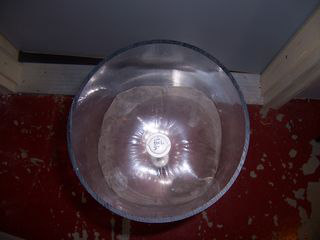
Can a square Chimney Balloon fit a round chimney flue?
Q: Dear Jason, Do you make a Chimney Balloon for a 10.5″ diameter, circular chimney uptake? Your products seem to be made of squares or rectangles. I can’t put a square into a round hole and expect a snug fit…or can I? Thank you. RM
A: Dear RM, Thank you for your Chimney Balloon question. You present a very common question about the Chimney Balloon. How can you fit a square or tapered Chimney Balloon into a round hole (like a round metal flue)? The answer is… Chimney Balloons are flexible and only expand as far as the flue wall allows it to and no further, the extra material either folds or pops inward and the Chimney Balloon is still able to seal tightly.
We have a tradeshow demo that we use to explain it and I took two photos of the demo, so you can see what I mean. This image is a 9″ clear tube with a 9×9 Chimney Balloon installed in it. Your 10.5″ diameter flue would need a 12×12 Chimney Balloon, but it will seal the same.
However, if you really want to get around 12″ Chimney Balloon we do make those as a custom for the same price as the standard, it just takes 14 days to get a custom made and shipped to you. The rounds are not listed on the website, so you would need to call in the order and we can enter the order indirectly with proper build notes. – Jason